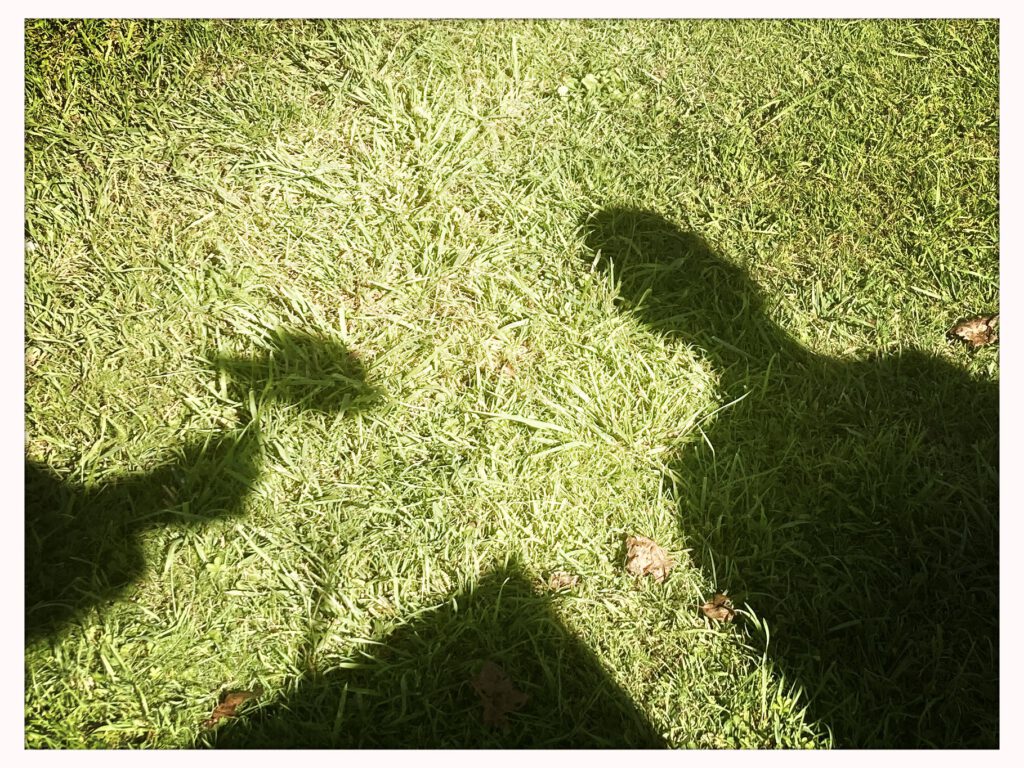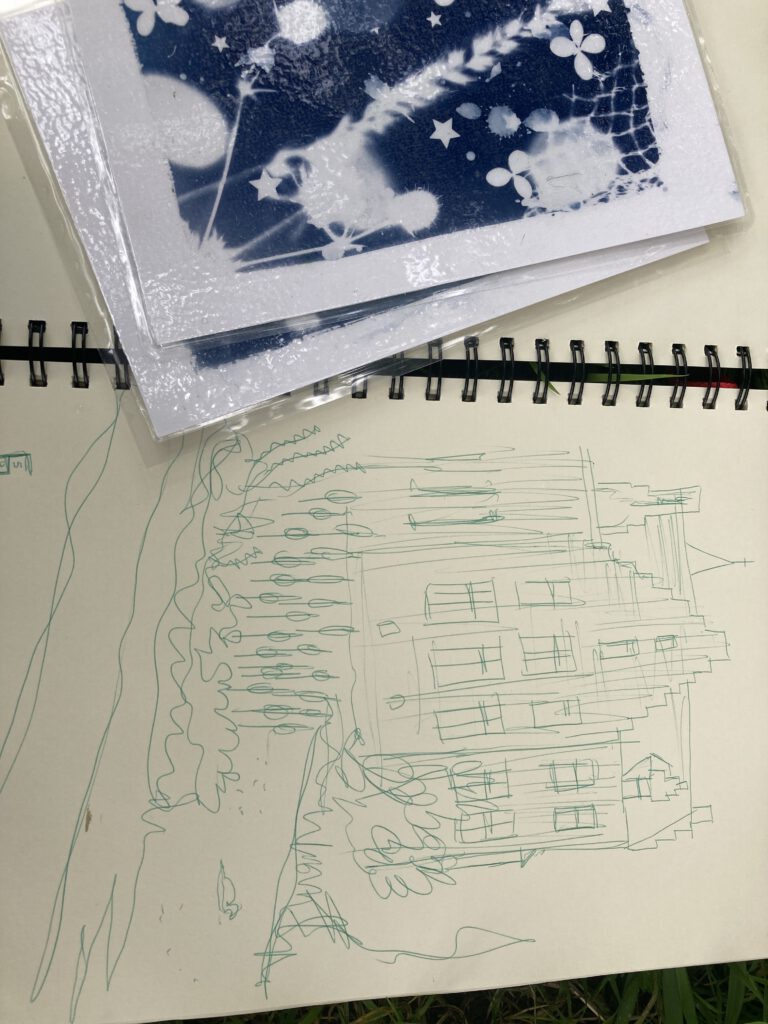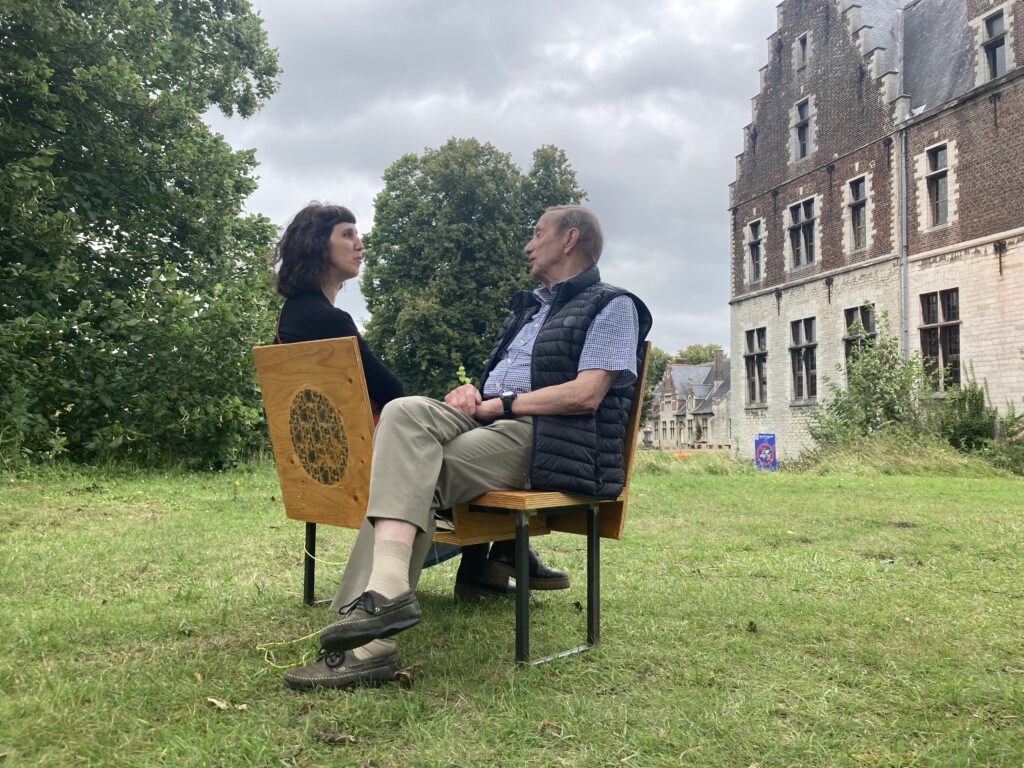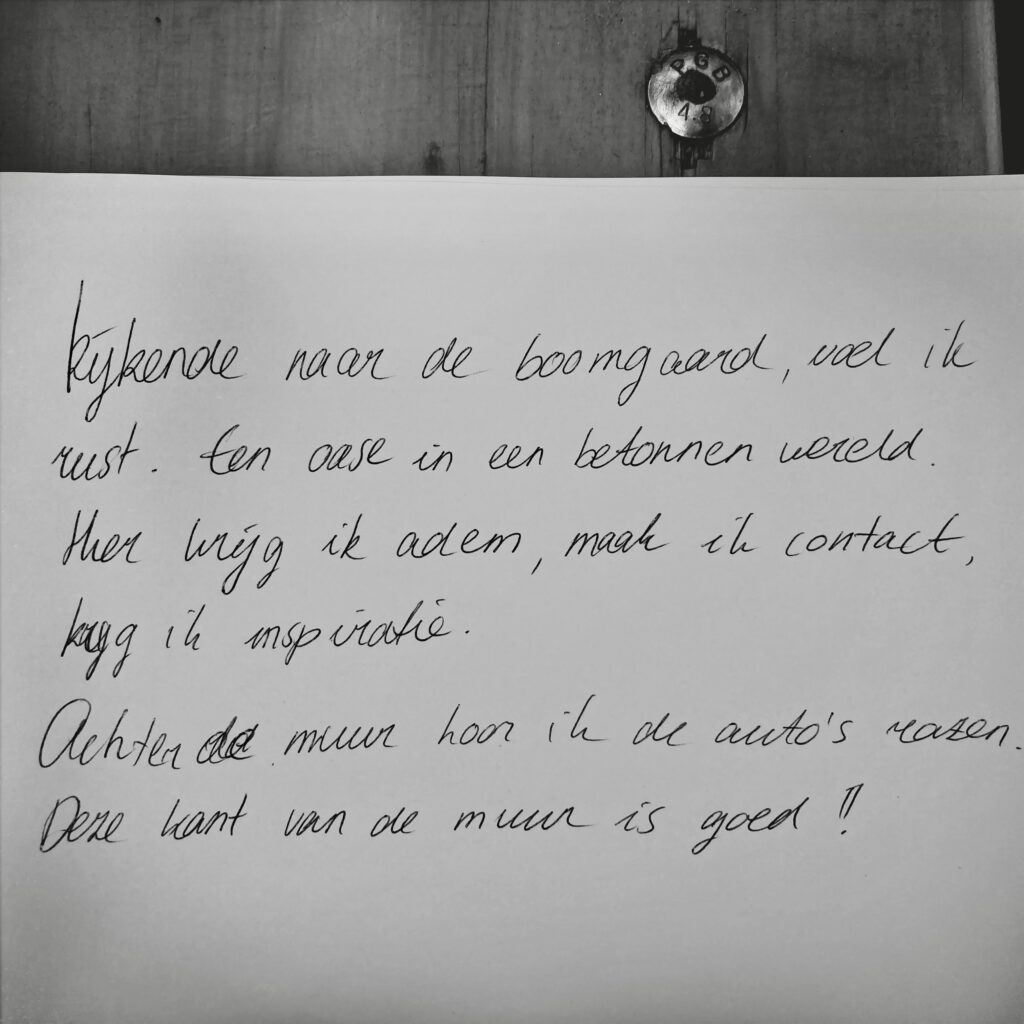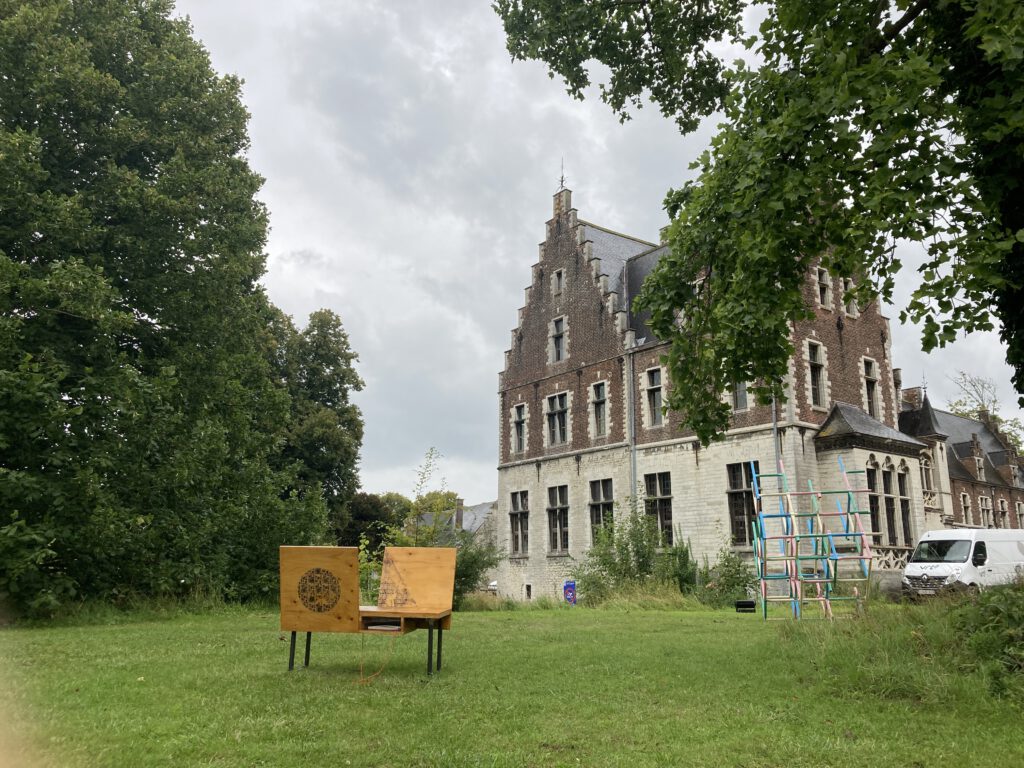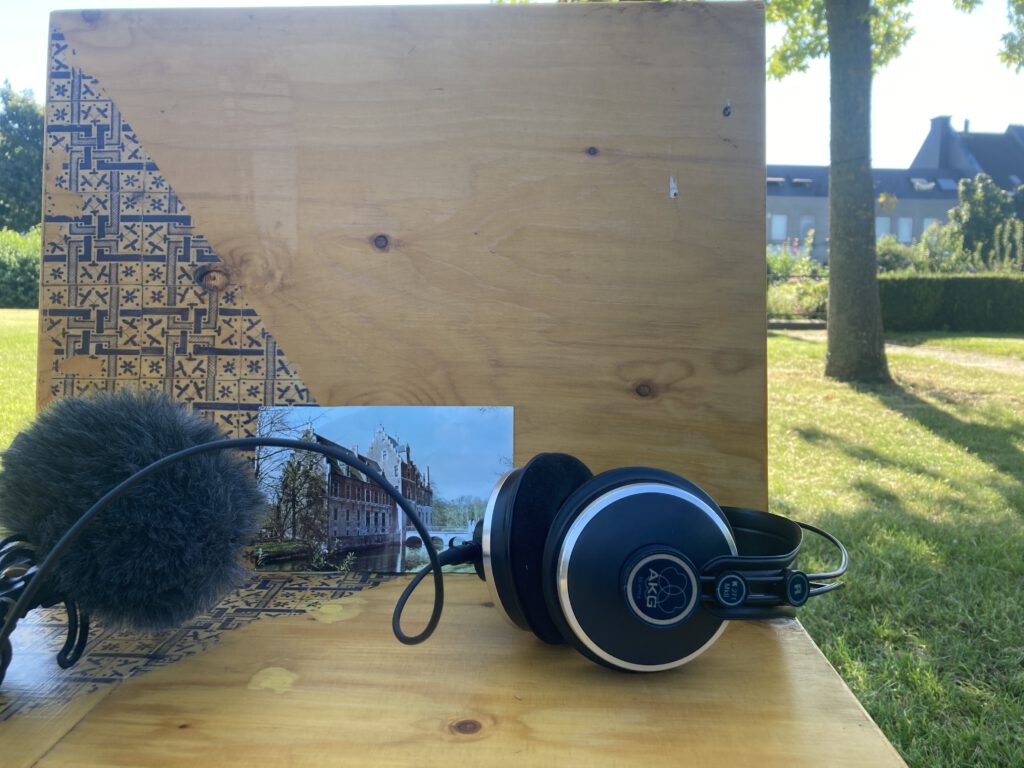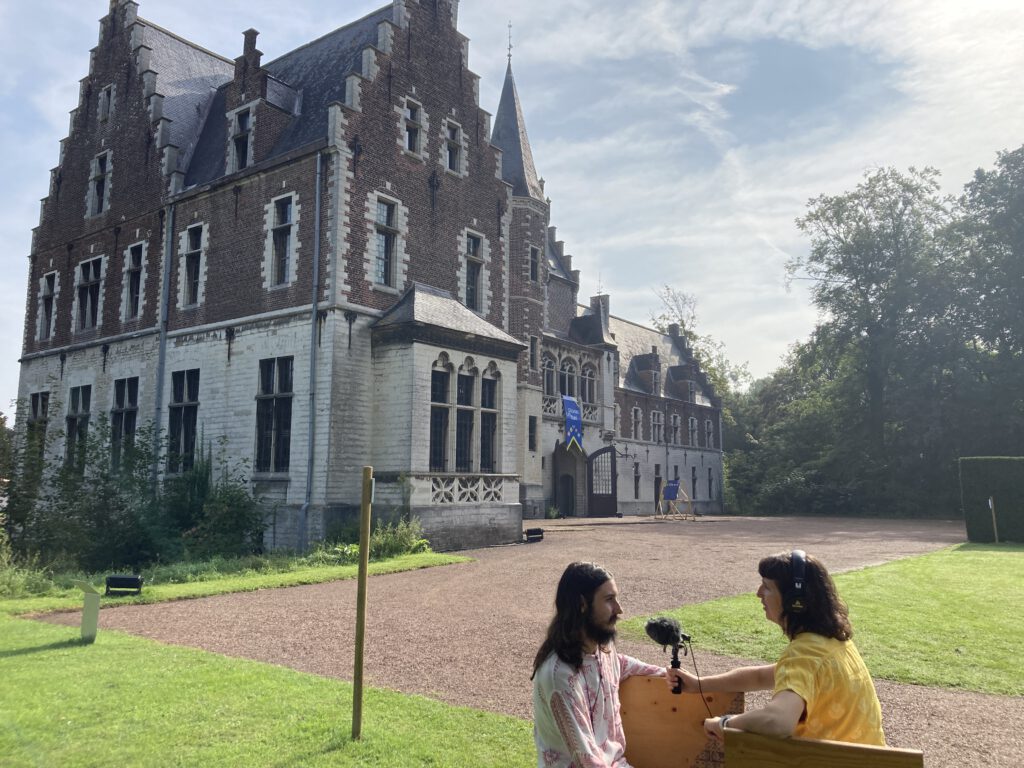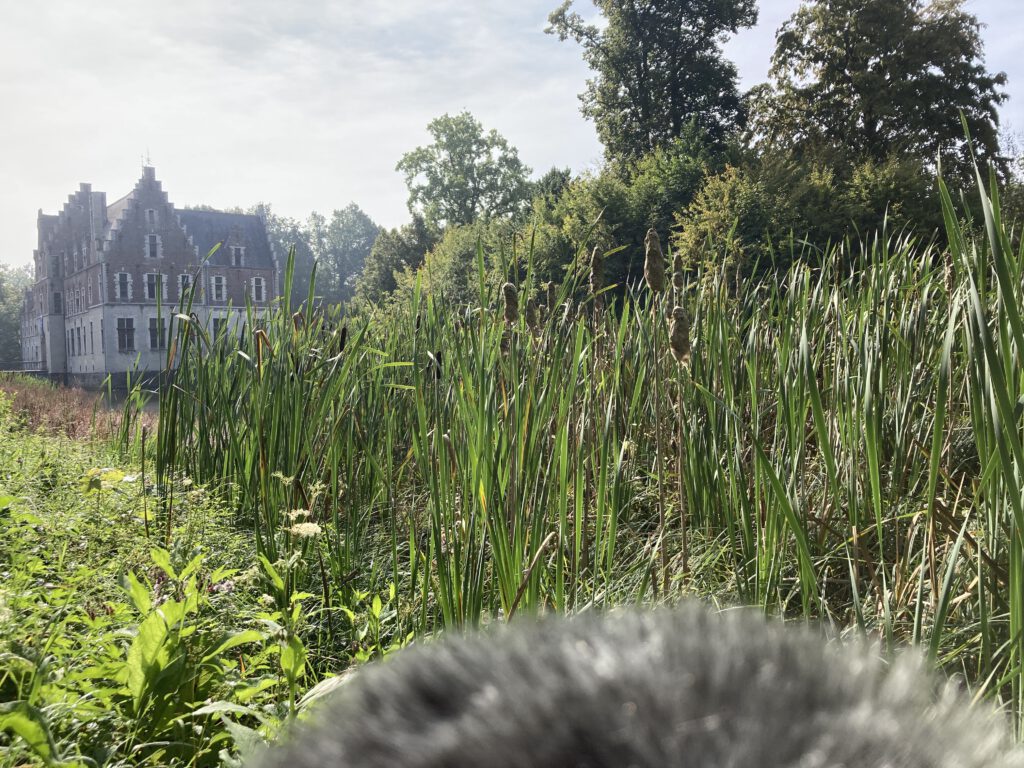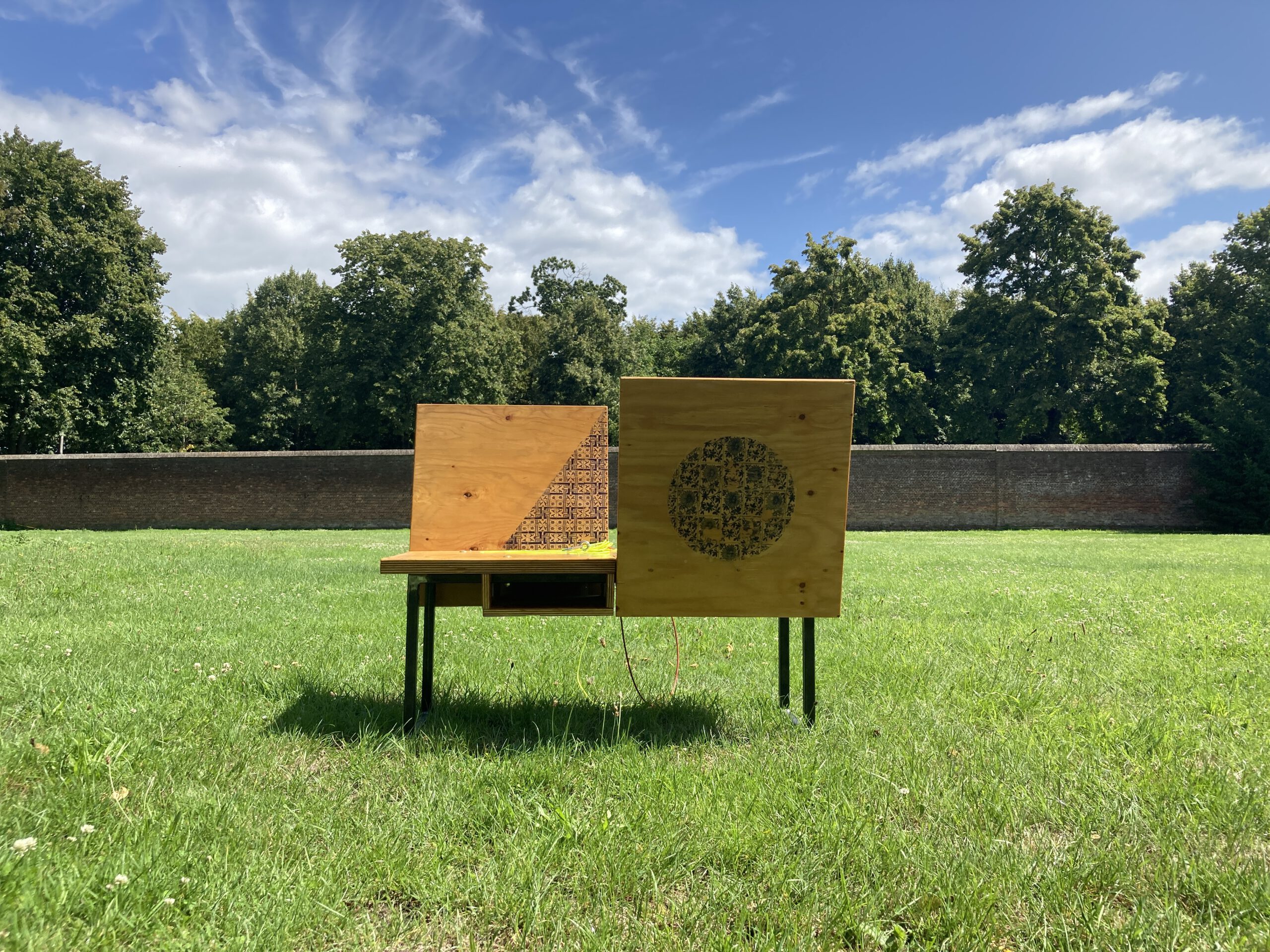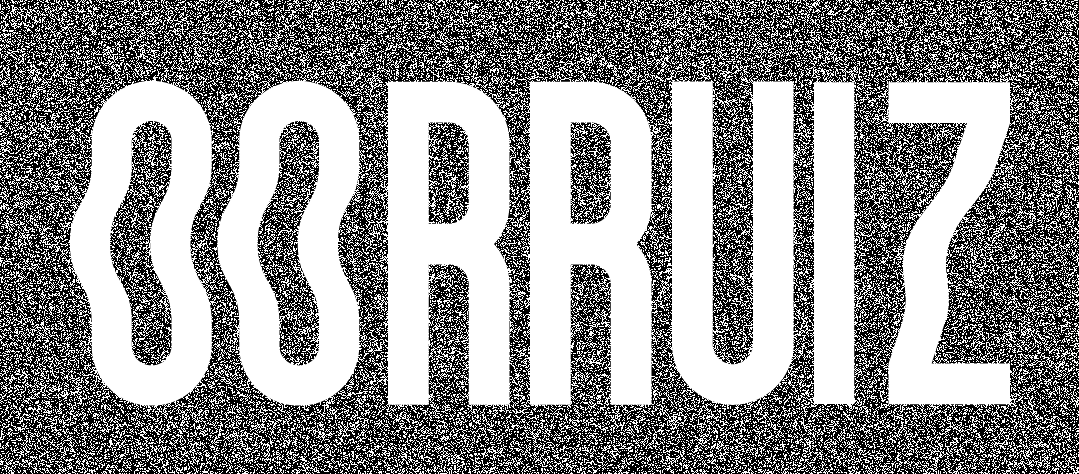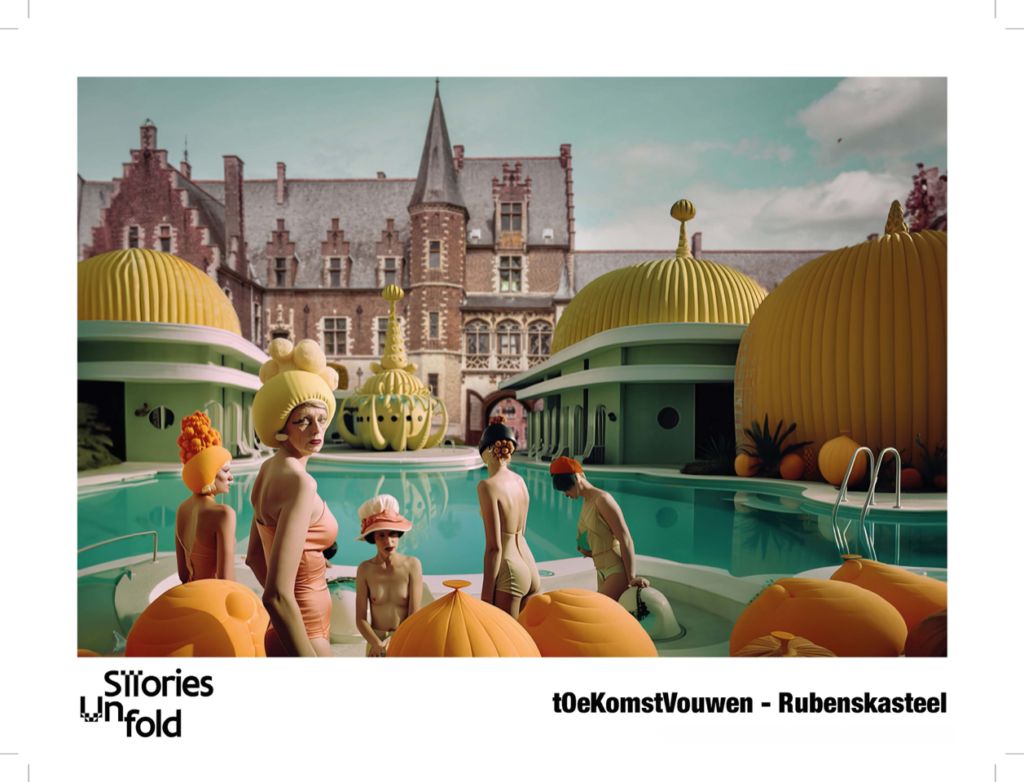
Tamara Esseling en Lars Senders deden in opdracht van Stories Unfold een artistiek onderzoek naar de herbestemming van het Rubenskasteel. Tijdens hun residentie gingen ze in dialoog met omwonenden en verzamelden verhalen uit het heden, verleden maar vooral dromen voor de toekomst.
Een installatie met tien visuele tOeKomstbeelden vergezeld van een passende soundtrack.
EXPO: 21/10 – 29/10 – op wo, do, vr, za, zo tssn 11u & 21u30 Locatie: Stories Unfold/Rubenskasteel Zemst
Concept: Tamara Esseling & Lars Senders
Beeldvorming/AI prompting/ontwerp bank: Tamara Esseling
Bricolage-son(oor: Lars Senders
Serpent/elektronica: Berlinde Deman
Mastering: Geert De Wit – Constructie bank: Bram Persoon (Opgezet Spel) , Julie Kennivé, Tamara Esseling, Lars Senders
Assistentie interviews: Saar Swinters & Raven Senders Assistentie expo: Annie Wagemans, Bob Senders
Dank aan: Chantal Boes, Team Indian Dribble, Event Flanders & Toerisme Vlaanderen, Jef Boonen (Cinema Rix) , Rudy Senders
Tamara Esseling and Lars Senders conducted an artistic research into the redevelopment of Rubens Castle on behalf of Stories Unfold. During their residency, they entered into dialogue with local residents and collected stories from the present, the past but, above all, dreams for the future.
An installation with ten visual future images accompanied by an appropriate soundtrack.
EXPO + audio tour
- Za 21/10 – 11u – 17u
- Zo 22/10 – 11u – 17u
- Za 28/10 – 11u – 17u
- Zo 29/10 – 11u – 17u
Tijdens de expo start er om het half uur een wandeling. (max. 26 personen/per wandeling)
Location: Stories Unfold/Rubenskasteel Zemst
Concept: Tamara Esseling & Lars Senders
Imaging/AI prompting/design bench: Tamara Esseling
Sound-design: Lars Senders
Serpent/electronics: Berlinde Deman
Mastering: Geert De Wit – Construction bench: Bram Persoon (Opgezet Spel) , Julie Kennivé, Tamara Esseling, Lars Senders
Assistance interviews: Saar Swinters & Raven Senders Assistance expo: Annie Wagemans, Robert Senders
Thanks to: Chantal Boes, Team Indian Dribble, Event Flanders & Toerisme Vlaanderen, Jef Boonen (Cinema Rix), Rudy Senders
